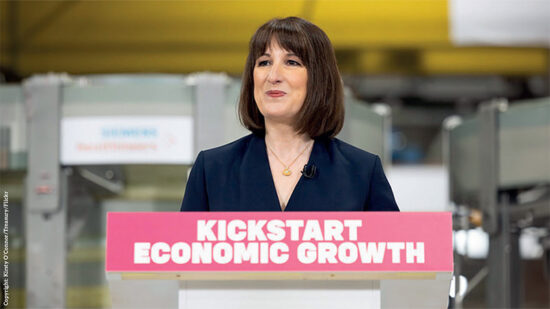Despite signs the economy might be moving into late cycle and future growth and inflation being worse than central banks forecast, Emiel van den Heiligenberg, head of asset allocation at LGIM, remains bullish on equities.
To date in 2022, van den Heiligenberg notes US yields have gained more than 40 basis points, while equity markets dropped almost 10%, before rallying back 5% in the space of three days and then weakening again.
“The strong performance of commodities, the curve flattening, and the weak performance of credit are typical signs of late-cycle behaviour,” he said.
But, van den Heiligenberg remains of the view that a recession in the next 12 months is unlikely.
“Consumers have built up savings, economic growth rates are above trend, and longer-term inflation expectations are well behaved so central banks can remain gradual in their rate hikes, although a policy mistake and a Federal Reserve panic cannot be excluded,” he said.
As such, while warning the risks for corrections in equity markets are rising, van den Heiligenberg believes rising recession risk is still needed to validate a correction closer to the 20% bear market threshold.
“Aside from the brief but violent 1987 stock market crash, during the past 50 years the S&P 500 has never fallen by more than 20% outside a recessionary environment, although it came close a few times,” he added. “Though the current correction is in our view mainly due to the re-pricing of rate hikes, we believe that equities usually digest higher bond yields well – eventually.
“Temporary indigestion can nevertheless happen if the increase is fast and inflation or hawkish monetary policy are the main drivers. This, together with the pricing of geopolitical risk, is what has happened in the past few weeks.”
Tactics
As a result, van den Heiligenberg said LGIM is sticking to its bullish medium-term on equities within its multi asset portfolios, including the flagship multi-index funds, but added the call is getting more tactical than it was last year.
“For instance, we want to be more patient to buy a market dip,” he said. “In 2021, we would start to get interested in marginally increasing our exposure around a 5% equity drawdown, but now we will wait for lower levels before we contemplate increasing risk in our portfolios.”
On the other hand, van den Heiligenberg added the asset allocation team will also be more inclined to sell strength in equity markets.
“Credit spreads have broadly tracked equity markets in the selloff,” he added. “They have moved from uber-expensive to expensive, and we’re looking for another bout of widening from here before shifting from our medium-term credit underweight.”








